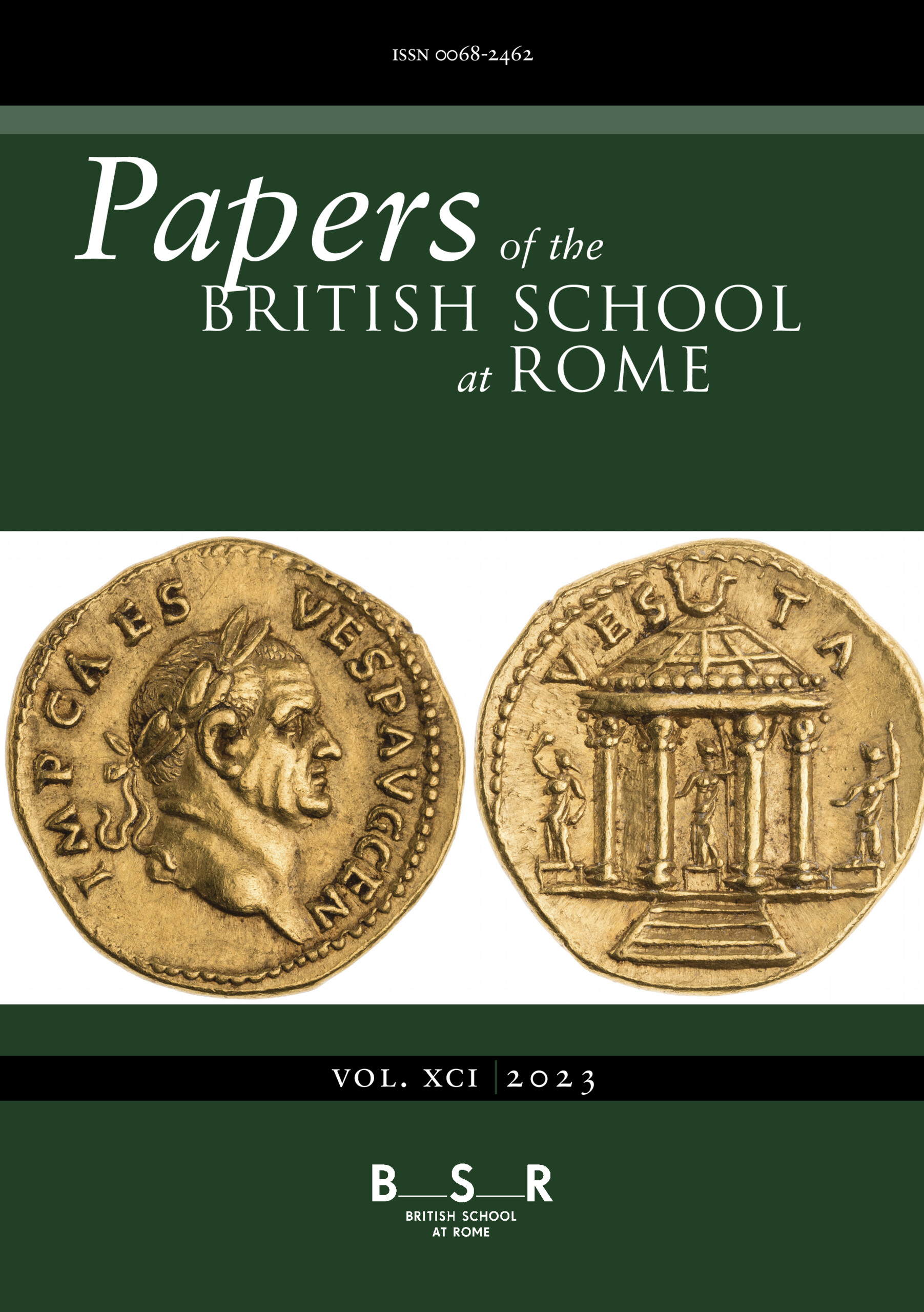Whilst a Rome Fellow at the BSR I conducted research exploring how the disease of leprosy was used as a metaphor for sin in Italian sermons written during the thirteenth century. It is often taken for granted that medieval religious discourse placed, as a matter of routine, a negative moral construction on states of illness and disease. Assumptions about the association between leprosy and sin in medieval sermons are by no means unwarranted — the physical disease provided a convenient, immediate and tangible metaphor for the state of sinful and corrupted souls. Nevertheless, even a cursory glance at thirteenth-century Italian sermons on leprosy shows that these systems of metaphorical meaning and correspondence were complex, multivalent and unstable. The project I began in Rome seeks to map the different and changing ways in which thirteenth-century preachers interpreted narratives of biblical leprosy in sermons designed to provoke a spiritual response from their audience. As such, my fellowship was primarily spent working with manuscripts of sermons in the Biblioteca Apostolica Vaticana, along with other libraries in Rome and further afield in Naples, Florence, Padua and Assisi.
In studying these manuscripts, my aim was to explore the exegetical and religious discourse found in medieval sermons by reading them within the context of two significant cultural developments which offered thirteenth-century Italians new ways of conceptualising leprosy. The first of these was the advent of Greco-Arabic medicine and natural philosophy in Latin-speaking Europe, initially via Salerno and later via Toledo. Did newly translated medical descriptions of disease disrupt exegetical traditions on which preachers depended? In research due to be published in early 2023, I argue that yes, they did — at least to some extent. In particular, my findings point to the appropriation of high-level medical knowledge by Italian preachers before the middle of the thirteenth century — significantly earlier than has previously been realised. Moreover, my analysis indicates that this knowledge came not from Aristotelian texts translated in Toledo and disseminated through Paris, but rather from traditions of Salernitan practical medicine.
A second significant cultural development was the rise of the leprosarium, which had by the thirteenth century become a prominent civic institution in much of Italy. Easily dismissed as a byword for misery and exclusion, the leprosy hospital was a highly ambivalent space. Legally privileged and often staffed by quasi-religious attendants, hospitals played important social and spiritual roles. I have not yet established whether or not there is a discernible relationship between the blossoming of hospitals in medieval Italy and changing patterns of metaphorical interpretation in sermons which deal with leprosy. Indeed, it would be difficult to determine the extent to which a long-established Christian message of charity, and increasingly zealous strictures about penance, may have galvanised popular support for hospitals in the thirteenth century. However, my initial findings do suggest that the ubiquity of civic leprosaria furnished preachers with a rich mine of compelling yet flexible imagery, which could signal penance and redemption for the faithful just as easily as they signalled the moral corruption and eternal exclusion of sinners. My research in this area will continue, and in future work I intend to probe these issues further by considering the relationship between three overlapping homiletic strategies for interpreting the figurative and spiritual meaning of leprosy with reference to biblical paradigms, medical and anatomical sources, and thirteenth-century social expectations about sickness.
I would like to acknowledge the flexibility and sympathy shown by the BSR in accommodating the final portion of my award following disruption arising from the pandemic. I also want to take this opportunity to express my gratitude to all BSR staff for their assistance and support, as well as my thanks to the many award-holders who helped to make my time in Rome enjoyable.


